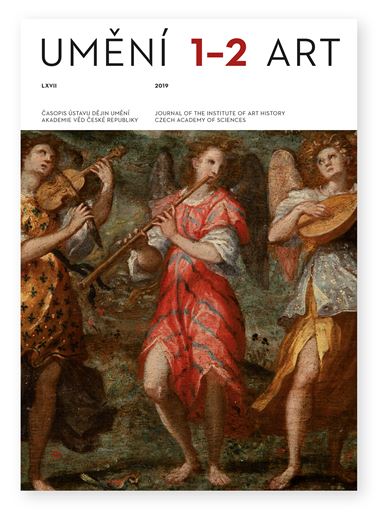Ondřej Hojda
A Bewildering Affinity: European Architectural Modernism and Japanese Traditional Building after World War II
Emerging European Modernist architecture in the 1920s and 1930s apparently shared certain principles with Japanese traditional building: The principles and qualities that Modernism strove for — ‘asymmetrical plan’, ‘flexibility of the interior space’, ‘modularity,’ ‘naked materials,’ seemed to have existed in Japan for hundreds of years. Writers such as Tetsurō Yoshida in The Japanese House and Garden, published 1935 in German, emphasised these similarities and presented the Japanese tradition in a distinctly Modernist manner. After World War II as Modernism became dominant in the West Japanese traditional building became a prominent and lively subject of the architectural discourse. We can follow this in the architectural press, which is also the main source of the research presented here. The wave of interest culminated between the mid-1950s and the early 1960s. But why exactly was Japan so attractive for European architects at this particular time? Were Japanese traditional principles an object of a purposeful misreading? And, more generally, what significance did this encounter have for Modern architecture in the West? The essay first brings an introduction to the phenomenon and pinpoints the important moments in its development. It then looks closer at the way European architects interpreted Japan and its relationship to the current development of Modern architecture, namely on the ambiguous role of history in this discourse. Within a broader comparison of concurrent ideas on Japan, the main focus is on the writings of Erwin A. Gutkind, Walter Gropiu s, and Bernard Rudofsky. Finally, the essay suggests an interpretation: Did the Japanese tradition serve as a ‘prosthetic history’ of Modernism?
Ondřej Hojda: on.hojda@udu.cas.cz
< back

